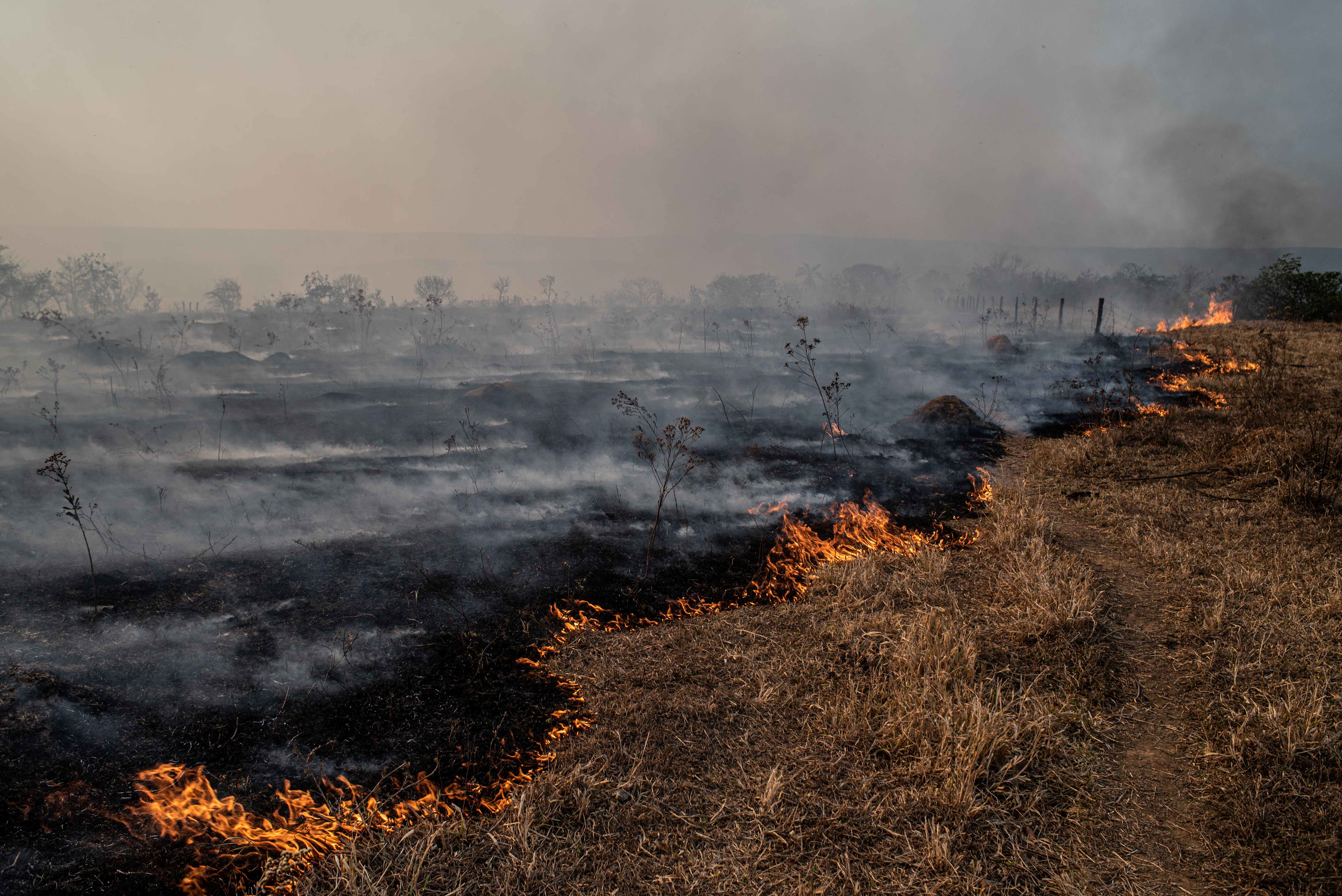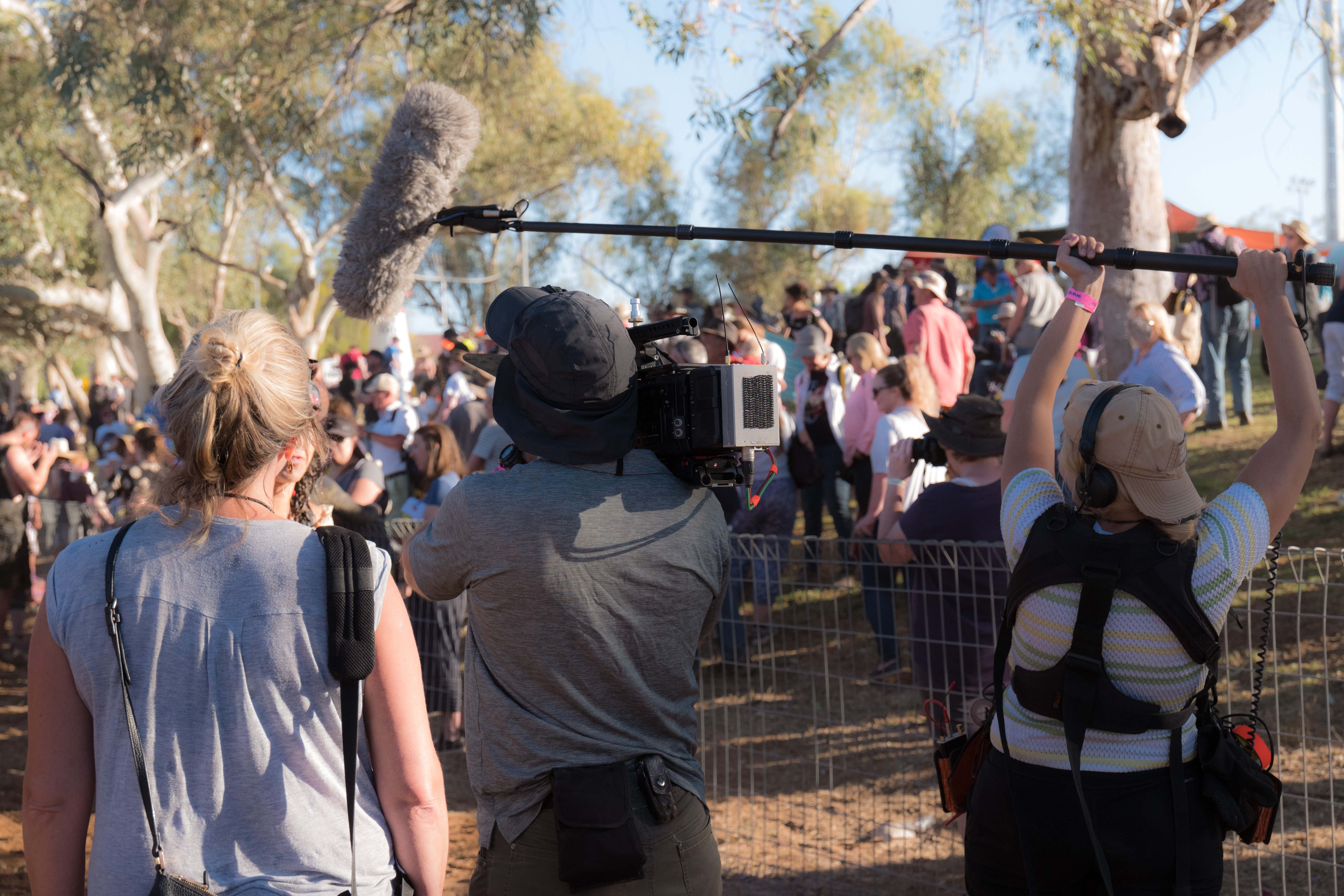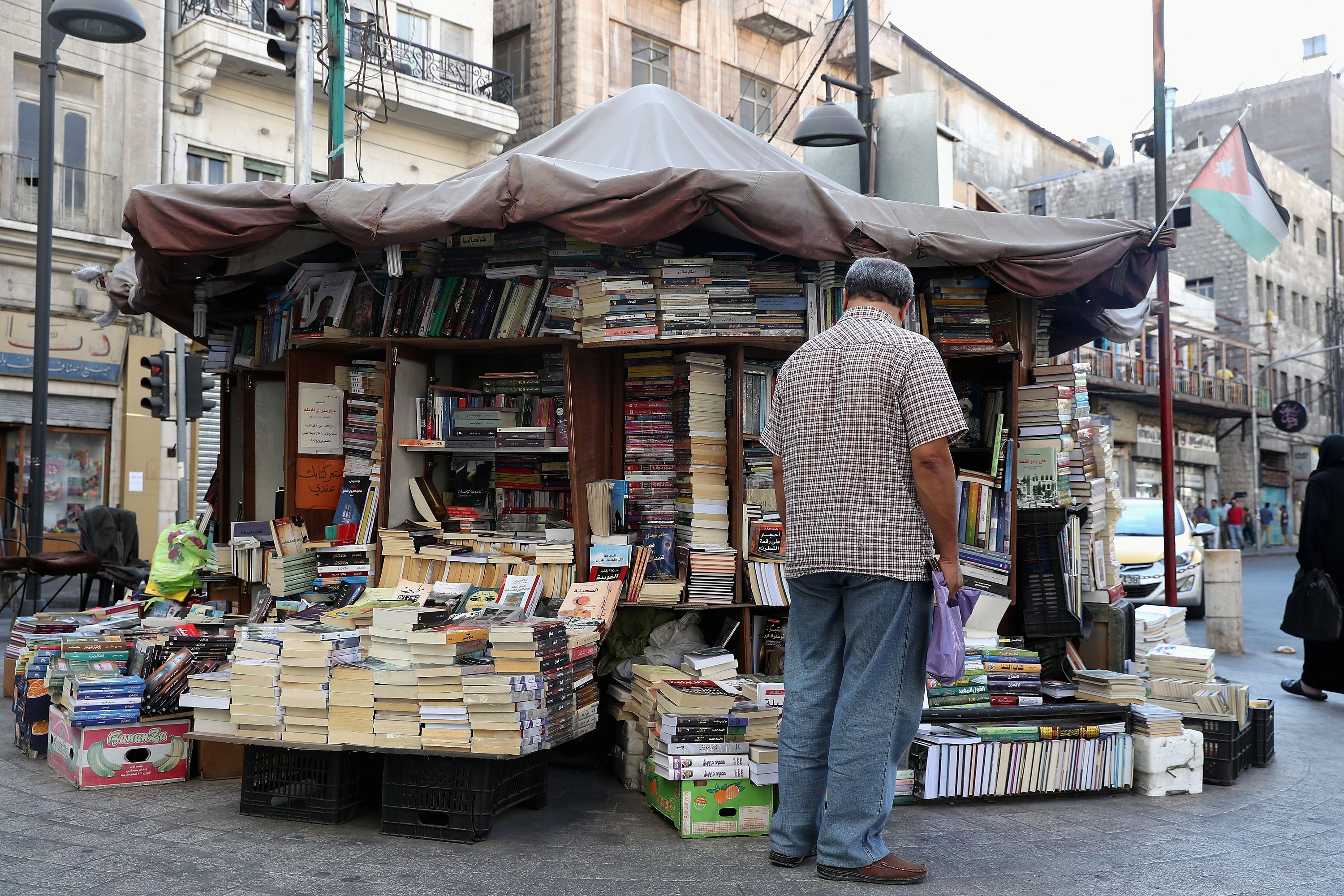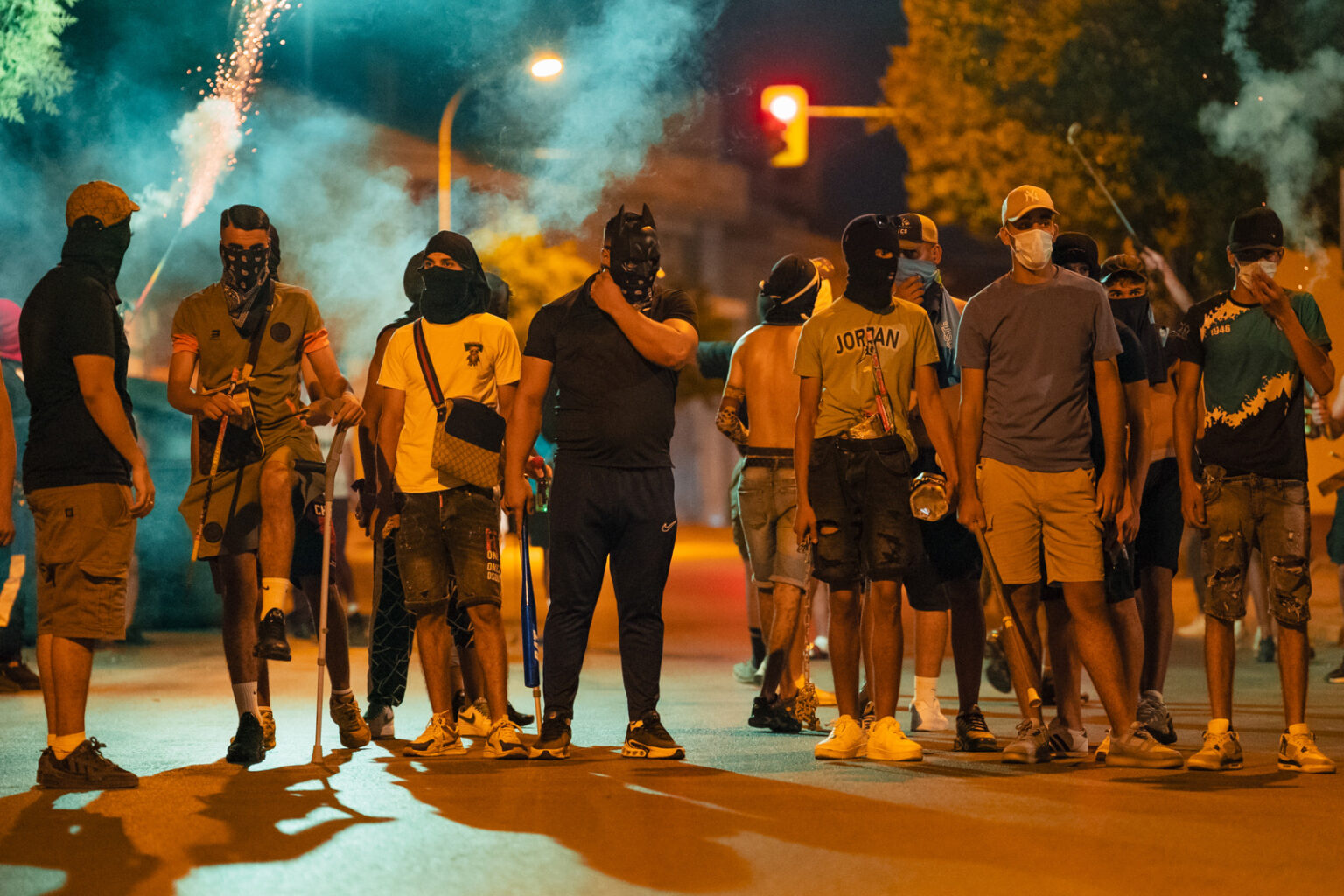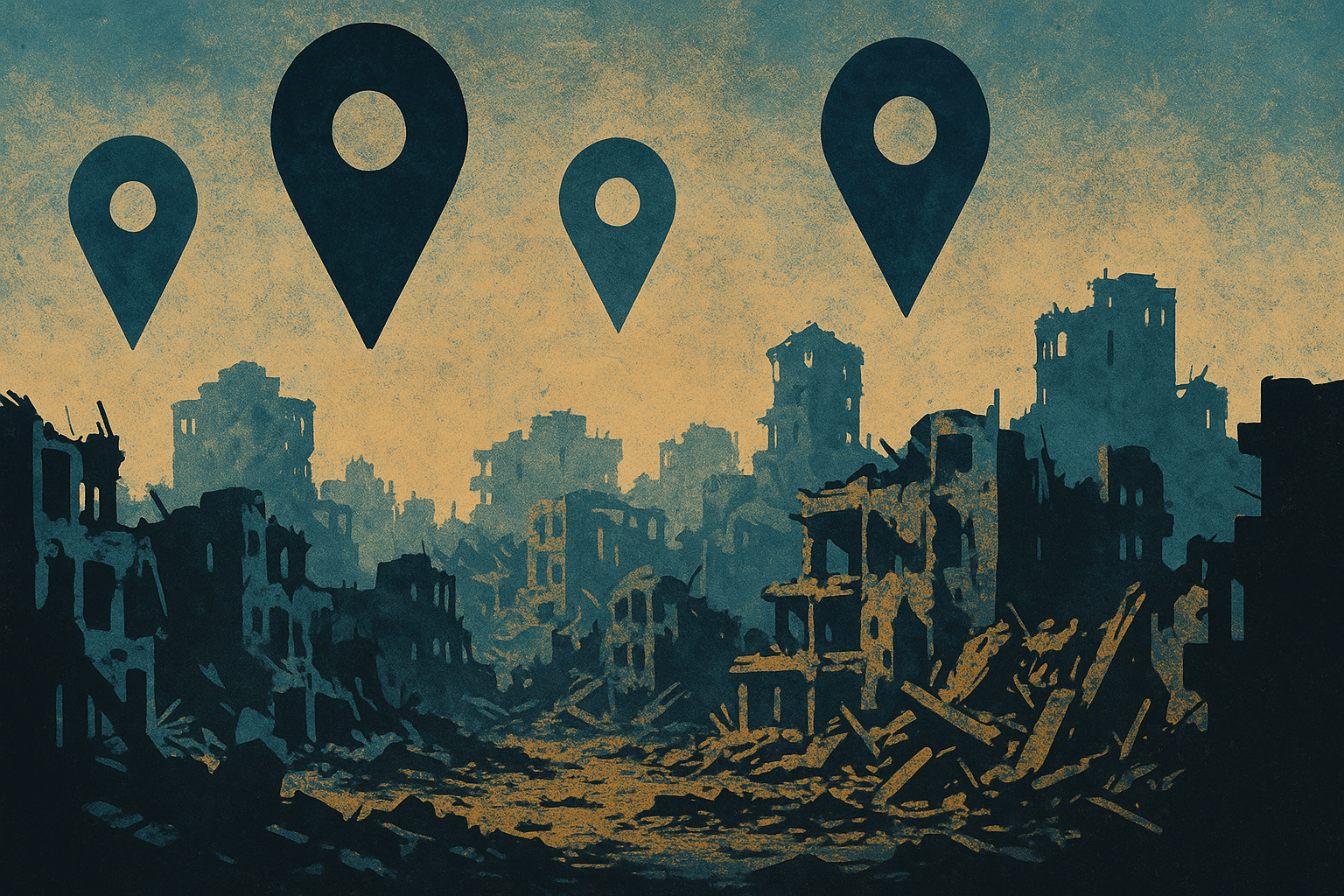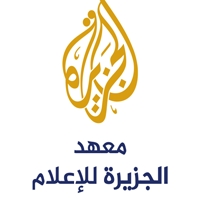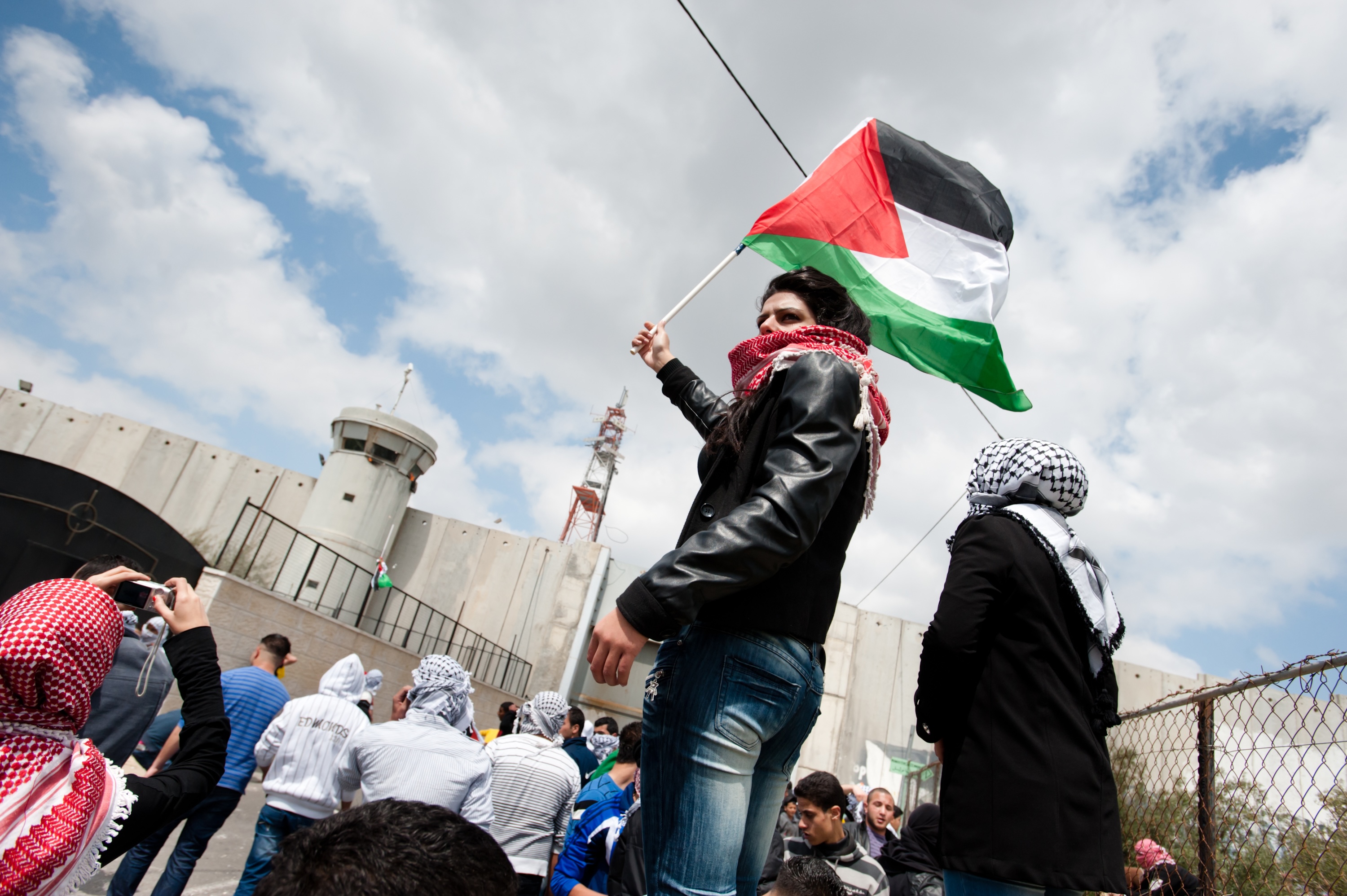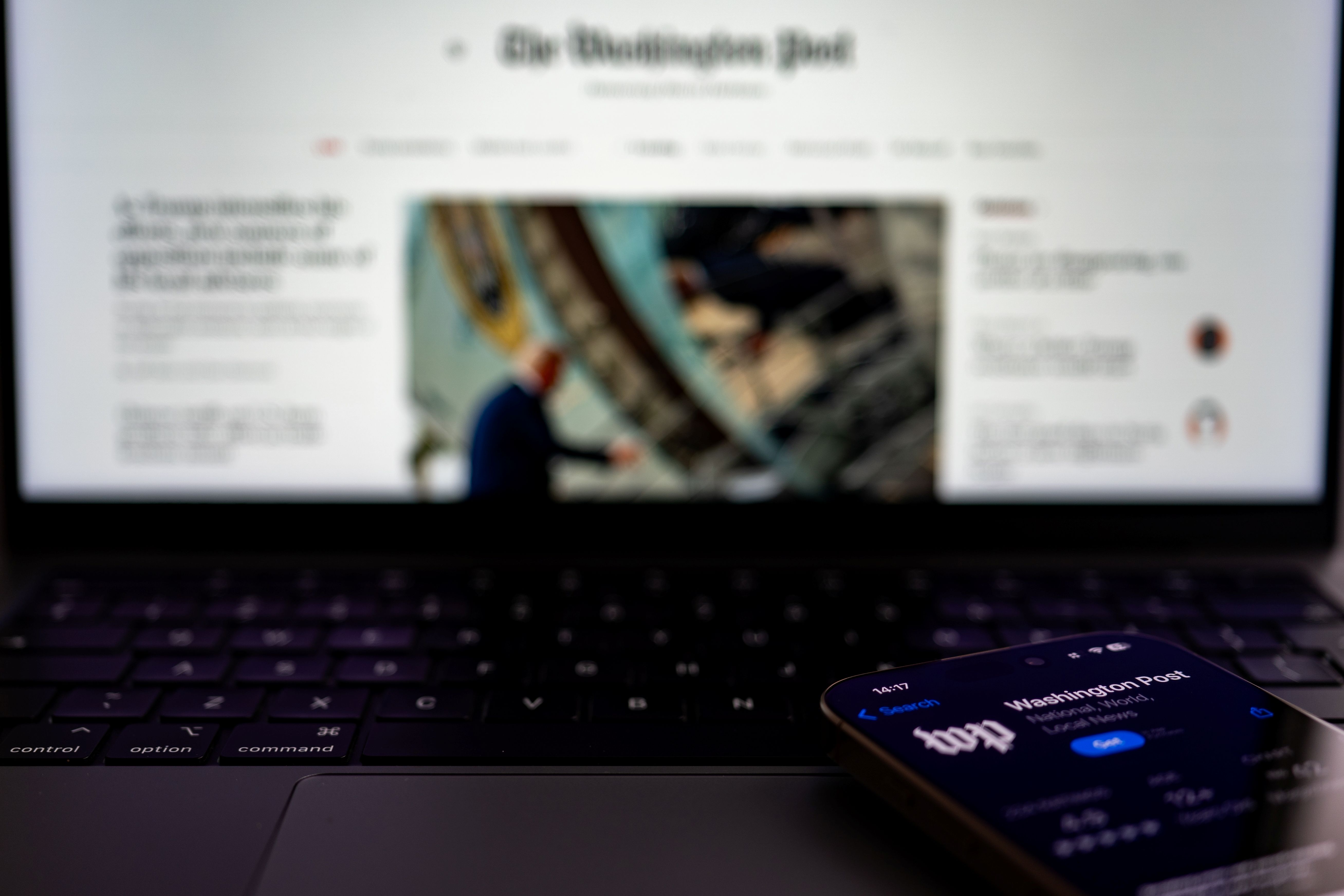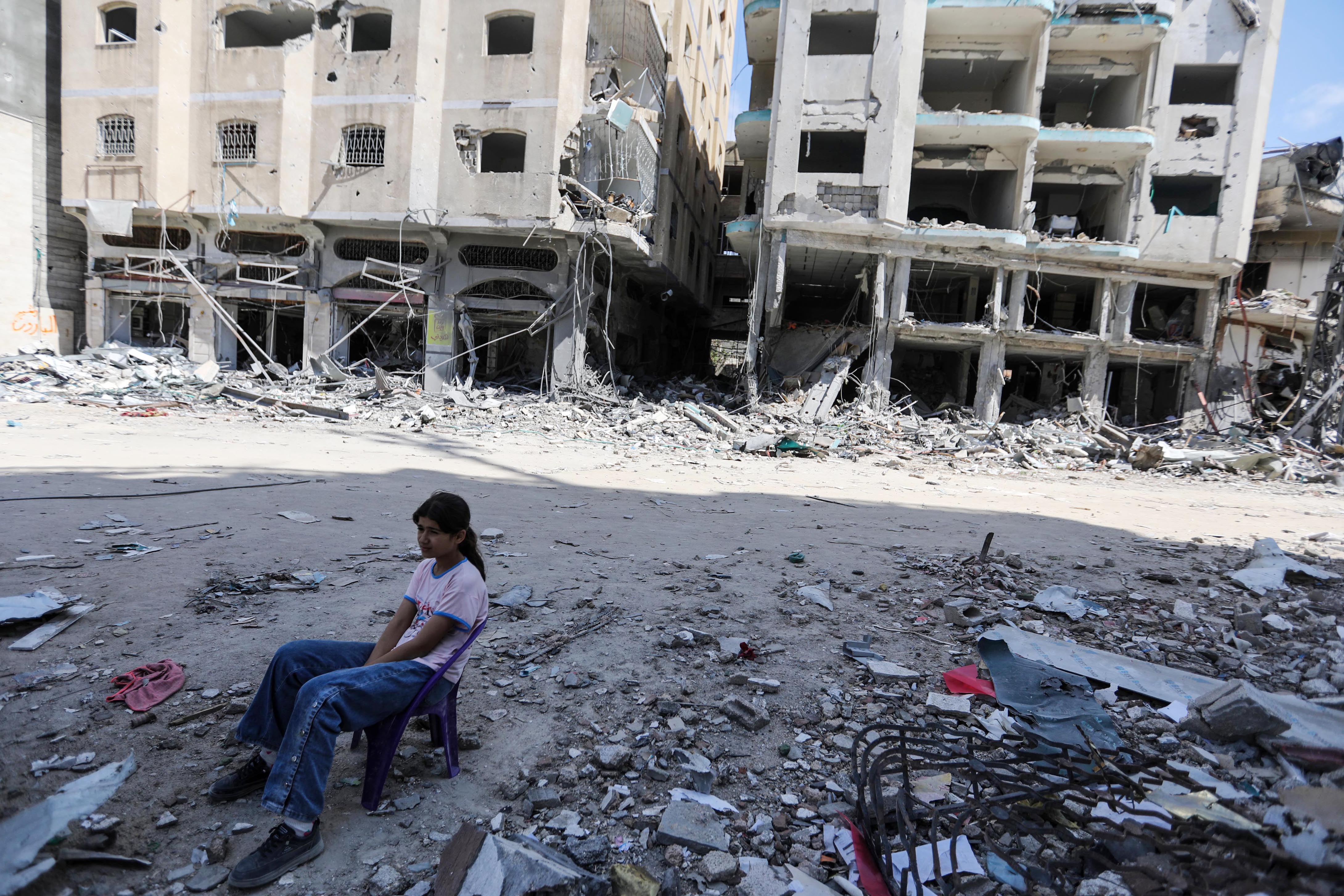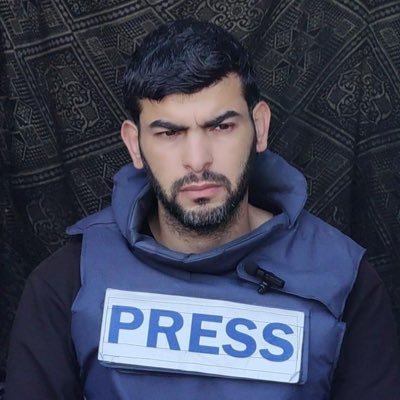لم يشهد الجسم الإعلامي في لبنان حالة هجرة إعلاميّة كما جرى خلال السنتين الأخيرتين. فقد أدّى الانهيار الاقتصادي، والارتفاع الجنوني لسعر صرف الدولار، وتراجع السوق الإعلاني في لبنان إلى ضعف الإمكانات الماليّة للمؤسسات الإعلاميّة، ما انعكس على الوضع المعيشي لموظفيها، من مراسلين ومذيعين ومقدّمي برامج. فهاجر العشرات منهم إلى الخارج لاسيّما إلى الخليج العربي، للحصول على فرص عمل أفضل. ولم تتوقف ارتدادات الأزمة الاقتصاديّة على الواقع الإعلامي عند هجرة الإعلاميّين فقط، بل ترجمت أيضاً تراجعاً في الأداء، وانخفاضاً في الإنتاج الخاص وفي المعايير المهنيّة المعتمدة.
هذا ما كان عليه واقع الإعلام اللبناني في ظلّ الانهيار الاقتصادي والمالي، قبل موسم الانتخابات النيابيّة المزمع عقدها في مايو\أيار القادم. لكنّ الأحوال انفرجت مع بدء المواكبة الإعلاميّة للحملات الانتخابيّة، حيث شكّل الموسم الانتخابي مورداً مالياً مهماً للمؤسسات الإعلاميّة في لبنان، من خلال الإعلام والإعلان الانتخابي مدفوع الأجر.
فمع بدء الموسم الانتخابي في لبنان، شهد القطاع الإعلامي طفرة في البرامج الحوارية الانتخابيّة، وحوّلت القنوات التلفزيونيّة برامجها السياسيّة إلى انتخابيّة، وطرحت مجموعة من البرامج الخاصة بالاستحقاق النيابي. كما أدخلت الترويج ضمن برامجها الترفيهيّة. حتى بتنا أمام مشهد إعلامي متخم بالحوارات والدعاية والرسائل الانتخابيّة، طغت على الموسم الرمضاني وحلّته البرامجيّة الخاصة.
ومع أنّ المؤسسات التلفزيونيّة نالت حصة الأسد في البرامج الحوارية الانتخابيّة مدفوعة الأجر، فقد حرصت المؤسسات الإذاعية أيضاً على الاستفادة من هذه الفرصة. فعلى سبيل المثال، ومع بدء الموسم الانتخابي، أحدثت إذاعة صوت لبنان (1) نقلة نوعيّة تمثلت في التحوّل من إذاعة صوتيّة إلى تلفزيون رقمي، حيث تبث جميع برامجها صوتاً وصورة على مدى 24 ساعة، وقامت بتجهيز استوديوهات جديدة مع ما يتطلبه هذا المشروع من تجهيزات تقنيّة وفريق عمل جديد، يتقاضى رواتبه بالدولار الأمريكي.
البرامج التلفزيونيّة الانتخابيّة
في جولة سريعة، سنعرض البرامج الانتخابيّة التي اعتمدتها المحطات التلفزيونيّة اللبنانيّة الخاصة (2).
تصدّرت قناة "إل بي سي" المحطات التلفزيونيّة بعدد من البرامج الحوارية ثم تأتي في الدرجة الثانية قناة إم تي في تليها قناة الجديد. فيما خصّصت قناة المنار (المحسوبة على حزب الله) برنامج "بانوراما برلمان 2022" لمواكبة للانتخابات وتشريح دوائرها وتحالفاته. وخصّصت قناة NBN (المحسوبة على رئيس مجلس النواب نبيه بري) برنامج "نحو البرلمان".
وقد تفاوتت أسعار المقابلات على المحطات التلفزيونيّة الخاصة من خمسة آلاف إلى خمسين ألف دولار أمريكي، ويتحرك السعر حسب أهميّة المحطة ومدّة البرنامج وتوقيت عرضه.
أما النقل التلفزيوني المباشر للمهرجانات الانتخابيّة، فيبلغ معدّل سعرها ألف دولار للدقيقة الواحدة، ويتغير السعر، أيضا، حسب أهميّة المحطة وتوقيت النقل.
وذكر مدير إحدى الماكينات الانتخابيّة أنّ صحيفة يوميّة طلبت مبلغ 50 ألف دولار أمريكي كبدل لتغطية نشاطات اللائحة خلال الحملة الانتخابيّة.
رصد تحليليّ
عند رصد المواكبة الإعلاميّة للحملات الانتخابيّة، لا يمكن إغفال الدراسة التي أجرتها مؤسسة مهارات (3) في لبنان بالتعاون مع منظمة اليونسكو، حول مواكبة المحطات التلفزيونيّة اللبنانيّة للحملات الانتخابيّة في شهر مارس\آذار الماضي (4)، خلصت فيه إلى النتائج التالية:
جاءت إل بي سي في المرتبة الأولى بحجم تغطيتها الانتخابيّة بنسبة (21%)، تلتها بالتساوي محطتا إم تي في والجديد بنسبة (17%)، ثم أو تي في بنسبة (14%)، ثم إن بي إن (13%)، ثم المنار (10%)، وأخيراً تلفزيون لبنان الرسمي بنسبة (8%).
وعند تحليل أنواع هذه التغطيات الانتخابية، يتبيّن أنّ القسم الرئيسي منها يتوزّع على ثلاثة محاور رئيسيّة: البرامج الحواريّة تأتي في طليعة التغطيات الانتخابيّة ثم نشرات الأخبار والبث الحي.
أما القسم المتبقّي فتوزّع كالتالي: إعلان ودعاية انتخابيّة مدفوعة ثم برامج سياسيّة ساخرة، ثم مادّة التثقيف الانتخابي.
وفي توزّع التغطيات بين القوى السياسيّة التقليديّة (أحزاب السلطة) والقوى السياسيّة الناشئة (5) كان لافتاً أنّ محطتي إل بي سي وإم تي في أعطتا القوى الناشئة مساحة واسعة قاربت (70%)، بينما محطات إن بي إن والمنار وأو تي في غيّبتها بشكل شبه كلّي. فيما أعطتها قناة الجديد نسبة (46%)، وتلفزيون لبنان الرسمي حوالي (6%).
مخالفات قانونيّة
يسجّل المراقب مخالفات قانونيّة عديدة وقعت فيها المؤسسات الإعلاميّة خلال تغطيتها للحملات الانتخابيّة، ونبدأ بمخالفة وقعت فيها وزارة الإعلام نفسها:
1. عدم التزام وزارتَي الإعلام والداخليّة بإنتاج مواد التثقيف الانتخابي لبثها عبر المؤسسات الإعلاميّة، كما ينصّ القانون. فقد جاء في المادة 75 من قواعد الإعلام والإعلان الانتخابيّين من قانون الانتخاب أنه "يتوجب على وسائل الإعلام المرئي والمسموع أن تخصّص خلال فترة الحملة الانتخابيّة ثلاث ساعات أسبوعياً على الأقل لأجل بث برامج تثقيفيّة انتخابيّة، تنتجها وزارتا الإعلام والداخليّة والبلديات بالتنسيق مع وسائل الإعلام المعنيّة". لكنّ الوزارتين لم تنجزا هذا الإنتاج التثقيفي.
2. يوجب قانون الانتخاب على وسائل الإعلام والإعلان أن "توضح صراحة لدى بثها أو نشرها لإعلانات انتخابيّة، أنّ هذه الإعلانات مدفوعة الأجر، وأن تحدّد الجهة التي طلبت بثها أو نشرها". لكن لوحظ - بحسب تقرير مهارات - أنّ محطة إل بي سي هي الوحيدة التي أشارت في تغطياتها المباشرة وبرامجها الانتخابيّة المدفوعة على أنها دعاية انتخابيّة مدفوعة، فيما لم تلتزم المحطات الأخرى بذلك، ما يشكّل مخالفة صريحة لقانون الانتخاب.
3. وقعت بعض المحطات التلفزيونيّة في مخالفة القانون عند تعاطيها مع استفتاءات الرأي التي تتطلب منهجيّة وقواعد خاصة ضماناً لجدّيتها. وقد حدّد قانون الانتخاب الأصول والشروط الواجب اتباعها عند إعلان نتائج استطلاعات الرأي.
4. نصّ قانون الانتخاب على أنه "لا يجوز لأية وسيلة من وسائل الإعلام الخاص إعلان تأييدها لأيّ مرشح أو لائحة انتخابية"، لكن عند رصد المحطات التلفزيونيّة ذات الانتماء الحزبي الواضح مثل (المنار، إن بي إن، أو تيفي)، نجد أنها تقوم بالترويج المباشر لمرشّحي أحزابها أو لوائحها الانتخابيّة الخاصة.
5. يتردّد في بعض الماكينات الانتخابية قيام بعض وسائل الإعلام بتقديم فواتير إلى الجهة المشرفة على الإعلام والإعلان الانتخابي (هيئة الإشراف على الانتخابات)، تخالف ما تتقاضاه المؤسسة الإعلاميّة من المرشحين، تجنّباً لتجاوز سقف الإنفاق الانتخابي للمرشح (6)، وأيضاً تخفيفاً من نسبة الضريبة التي ستدفعها المؤسسة الإعلاميّة عن وارداتها.
ماذا عن الإعلام الرسمي؟
جاء في المادة 73 من قانون الانتخاب المتعلق بقواعد الإعلام والإعلان الانتخابيّين، أنه:
1- يحق للائحة أو للمرشح أن يستعمل وسائل الإعلام الرسميّة (7) دون مقابل، لأجل عرض البرامج الانتخابيّة.
2- يلتزم الإعلام الرسمي موقف الحياد في جميع مراحل العمليّة الانتخابيّة، ولا يجوز له أو لأيّ من أجهزته أو موظفيه القيام بأيّ نشاط يمكن أن يفسّر بأنه يدعم مرشحاً أو لائحة على حساب مرشح آخر أو لائحة أخرى.
اهتمام إعلاميّ بالمرأة المرشحة
عادة ما تنشط الجمعيات النسوية عند الاستحقاقات الانتخابيّة، بهدف تسليط الضوء على ما تسمّيه "تهميش المرأة في الحياة العامة ومنعها من المشاركة في القرار السياسي"، لكنّ اللافت في هذه الانتخابات هو الاهتمام الإعلامي الطارئ بهذه الحملات، بدعم ماليّ من مؤسسات أجنبيّة غير حكوميّة.
فبرز برنامج 50\50 على قناة إل بي سي بدعم من "الوكالة الأمريكية للتنمية الدولية"، بهدف "تعزيز المساواة بين الجنسين في القطاعين العام والخاص، وبشكل أساسي في مواقع صنع القرار السياسي"، بحسب ما جاء في تعريف البرنامج. فيستضيف مقدّم البرنامج (الإعلامي سامي كليب) سيدات – حصراً - مرشحات للانتخابات النيابيّة، ويحاورهنّ في برامجهنّ الانتخابيّة ورؤيتهنّ للحلول أزمات البلد، في قالب ترويجيّ للضيفة المرشحة.
في السياق نفسه، ولدعم حضور المرأة في المجتمع، لاسيما خلال هذه المحطة الانتخابيّة، عرضت قناة الجديد برنامج «مصلحة عامة» الذي يقوم على استضافة سيدات – حصراً - من صاحبات الخبرات في مجالات التنمية والتعليم والصحة العامة والتراث والاقتصاد والتنظيم المدني. والبرنامج من إنتاج «برنامج الأمم المتحدة الإنمائي»، بمشاركة يو إن وومن (8).
قواعد قانونيّة في المواكبة الإعلاميّة
نصّ قانون انتخاب أعضاء مجلس النواب رقم 44 للعام 2017 على أن تتولى «هيئة الإشراف على الانتخابات» مهمّة وضع قواعد سلوك للتغطية الإعلاميّة للحملات الانتخابيّة وعمليّات الاقتراع والفرز، بالإضافة إلى مراقبة تقيّد وسائل الإعلام على اختلافها (المرئيّة والمسموعة والمكتوبة والإلكترونيّة) بهذه القوانين والأنظمة التي ترعى المنافسة الانتخابيّة. ومن أبرز هذه القواعد المتعلقة بالتغطيات الإعلاميّة:
- تؤمّن الهيئة التوازن في الظهور الإعلامي بين المتنافسين من لوائح ومرشحين، بحيث تُلزم وسيلة الإعلام لدى استضافتها لممثل لائحة أو لمرشح أن تؤمّن بالمقابل استضافة منافسيه بشروط مماثلة لجهة التوقيت والمدة ونوع البرنامج.
- لا يجوز لأية وسيلة من وسائل الإعلام الخاص إعلان تأييدها أيّ مرشح أو لائحة انتخابيّة.
- تحدّد الهيئة المساحة القصوى لكل وسيلة إعلاميّة أو إعلانيّة لأجل بث أو نشر برامج إعلاميّة أو إعلانيّة تتعلق باللوائح أو المرشحين، كما تحدّد أوقات بث أو نشر هذه المساحات.
- ابتداءً من الساعة صفر من اليوم السابق ليوم الانتخابات، ولغاية إقفال صناديق الاقتراع، يحظر على جميع وسائل الإعلام بث أيّ إعلان أو دعاية أو نداء انتخابي مباشر.
- تلزم «هيئة الإشراف» المؤسسات الإعلاميّة تخصيص ثلاث ساعات أسبوعياً على الأقل، خلال فترة الحملة الانتخابيّة، لأجل بث برامج تثقيفية انتخابيّة.
أخيراً، ومع تشكيك بعض المحلّلين السياسيّين من إجراء الانتخابات النيابية لاعتبارات سياسيّة معيّنة، لكن يمكن القول إنّ القطاع الإعلامي في لبنان هو من أكبر المستفيدين من إجرائها والحريصين عليها، لتعويض الخسائر التي منيَ بها بفعل إجراءات جائحة كورونا والانهيار الماليّ الحادّ الذي يعصف بلبنان.
[1] من أهمّ وأقدم الإذاعات السياسيّة في لبنان. وهي تتبع لحزب الكتائب.
[2] بحسب قانون المرئي والمسموع في لبنان، تنقسم المحطات التلفزيونية إلى فئتين: فئة أولى يسمح لها بث الأخبار والبرامج السياسية، وفئة ثانية لا يسمح لها ببث الأخبار والبرامج السياسية. وعملية الرصد في هذا التقرير جرت على المؤسسات التلفزيونية من الفئة الأولى.
[3] مؤسسة مهارات هي منظمة غير حكومية مقرها بيروت، تعمل على "تقوية تطور الصحافة المستقلة في المنطقة العربية، ومناصرة السياسات التي تدفع بتعزيز حرية التعبير بما فيها حرية الانترنت في لبنان والمنطقة العربية".
[4] نشرت الدراسة في 12 نيسان\إبريل الجاري.
[5] نشأ بعد "ثورة 17 تشرين 2019" في لبنان مصطلح القوى الثورية أو التغييرية، وهي مجموعات انتفضت على أحزاب السلطة، وتشارك حالياً في الانتخابات النيابية من خلال مروحة واسعة من المرشحين.
[6] حدّد قانون الانتخاب سقفاً للإنفاق الانتخابي، مقداره: 750 مليون ليرة لبنانية + 50 ألف ليرة عن كل ناخب في الدائرة.
[7] الإعلام الرسمي في لبنان يتمثل بمحطة تلفزيونية اسمها "Tele Liban" وإذاعة لبنان.
[8] صحيفة الأخبار – 8 ابريل\نيسان 2022.
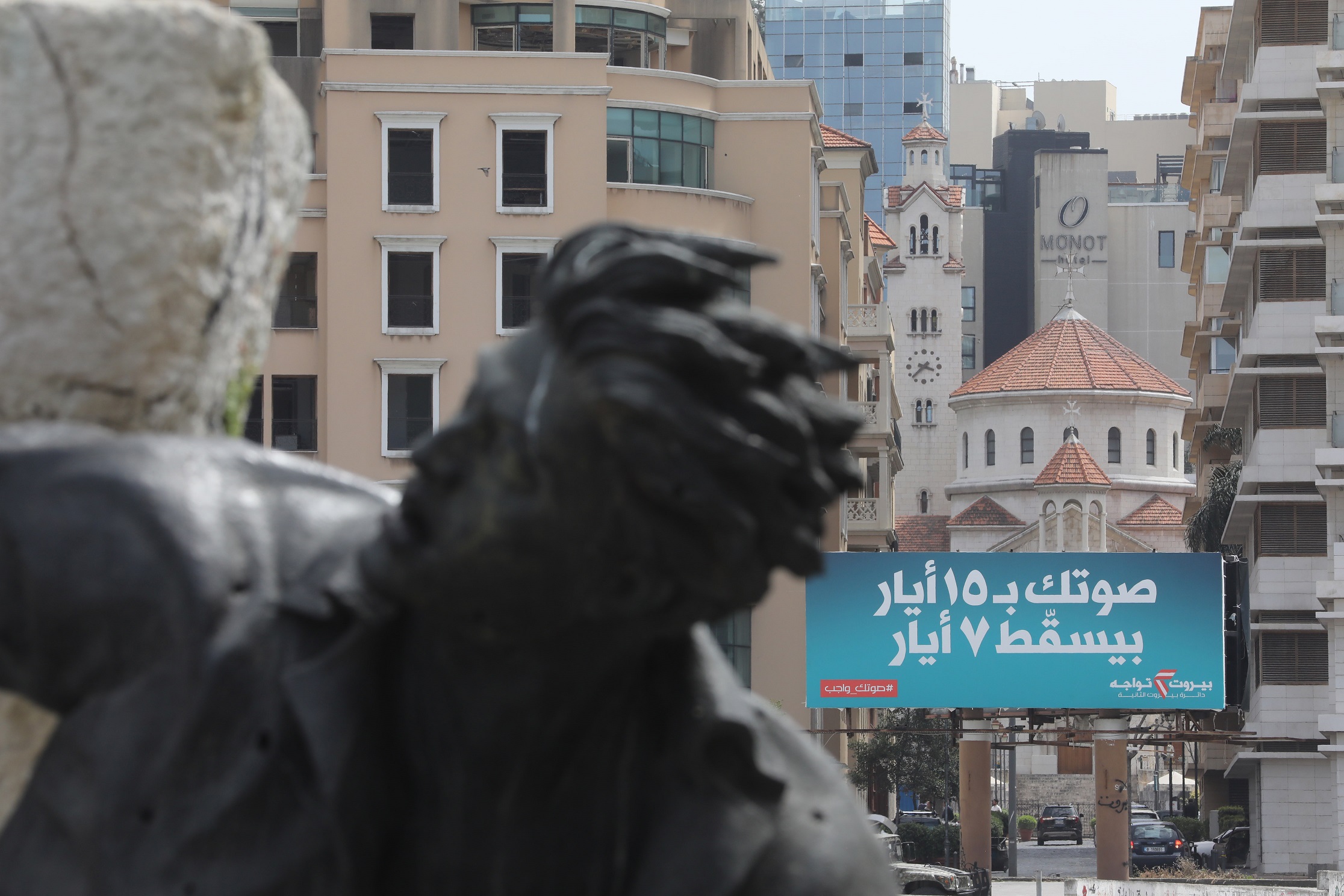

![Palestinian journalists attempt to connect to the internet using their phones in Rafah on the southern Gaza Strip. [Said Khatib/AFP]](/sites/default/files/ajr/2025/34962UB-highres-1705225575%20Large.jpeg)

